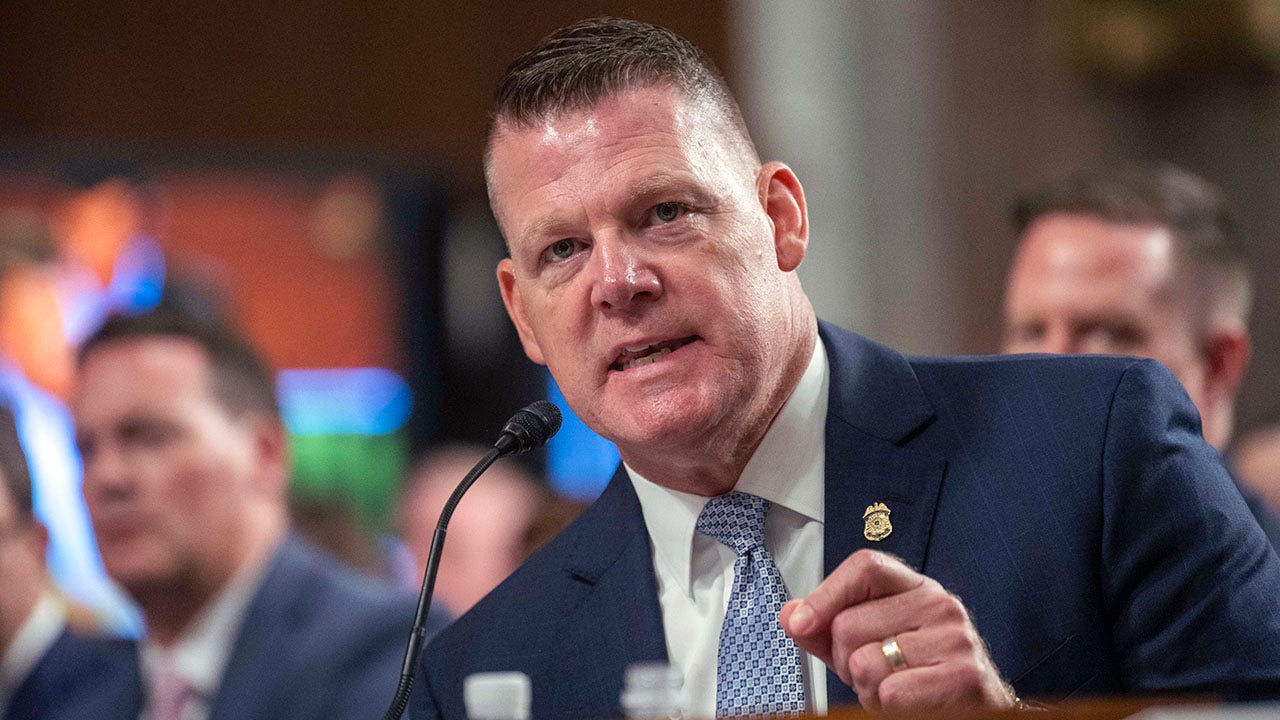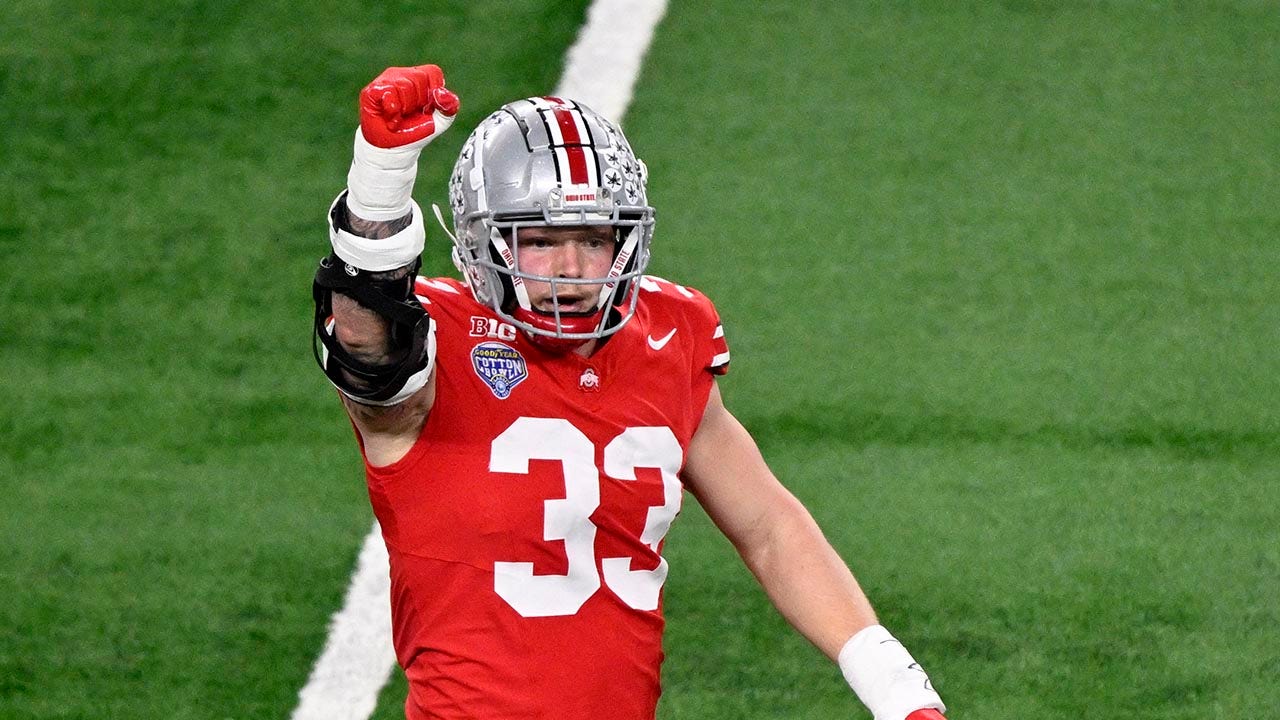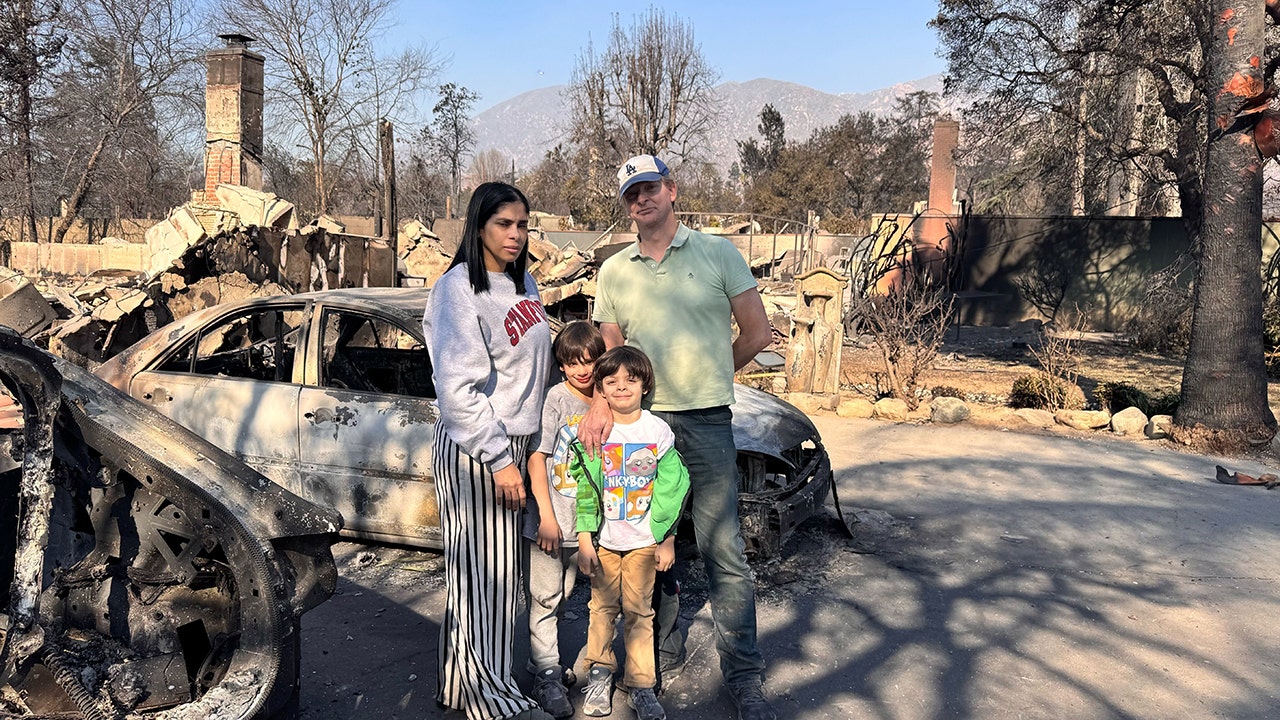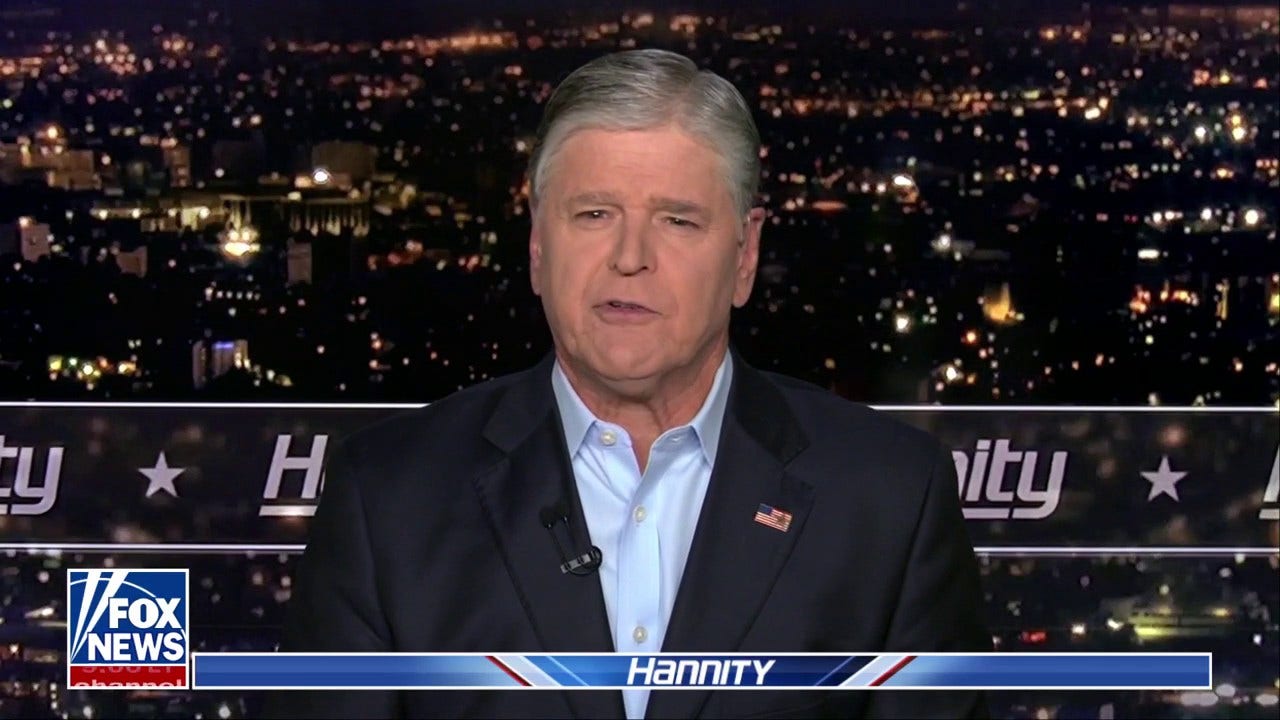Acting Secret Service Director Ronald Rowe testified to House lawmakers Thursday, revealing the “numerous changes” the agency has implemented following the attempted assassination attempt of President-elect Trump in July in Butler, Pennsylvania.
“What is glaring to me is the failure to recognize the significance of the AGR building, to recognize the significance of proximity to what was perceived to be the middle perimeter of the site,” Rowe said at Thursday’s hearing before the House task force on the assassination attempts.
“The lack of recognizing that the failure to effectively communicate…and some of the findings of the task force to effectively communicate to local law enforcement that we need to have uniform presence out here, that we shouldn’t have people that close unscreened on the curtilage of our site, not having better line of sight mitigation, having something scrim along that fence line… having uniform law enforcement presence out there, having special attention measures by those law enforcement officers. That, to me, is glaring,” he continued.
“And those are basic tenets, fundamentals of what advanced teams are supposed to identify. They are supposed to identify hazards, risks and then mitigate those risks effectively, either by using law enforcement and coordinating assets or taking matters and making sure that it is mitigated and that risk is taken out of play.”
SECRET SERVICE KNEW AIRSPACE PROTECTION WOULD END WITH FORMER PRESIDENT ONSTAGE
In answering a question about who is in charge when the Secret Service and the protectee’s team disagree about a location, Rowe said the Secret Service does have veto power over the protectee’s team’s preference for a site.
Rowe spoke about charges the agency is making, including using an autonomous robot at Trump’s Mar-a-Lago property in Florida, where it’s walking the seawall with a sensor package.
Secret Service failures
“July 13th was a failure of the Secret Service to adequately secure the Butler Farm Show site and protect President-elect Trump,” Rowe said previously in written remarks. “That abject failure underscored critical gaps in Secret Service operations, and I recognize that we did not meet the expectations the American public, Congress, and our protectees rightly have for the Secret Service.”
Following the assassination attempt, Rowe worked to: “understand what went wrong on the day of the attempted assassination; to ensure accountability; and to prevent such a failure from ever happening again,” according to the excerpts.
The acting Secret Service director’s comments on preparation came after signs of trouble at the fateful July rally were evident prior to Trump taking the stage.
Law enforcement had a report of a suspicious man – later identified as 20-year-old Thomas Matthew Crooks – pacing the roof and authorities were exchanging photos of the suspects minutes before Trump took the stage. Rallygoers also pointed and shouted after noticing the armed man on a nearby roof prior to the shots ranging out.
The roof where Crooks laid waiting was an estimated 147 yards from where Trump was speaking.
The security lapse from the agency tasked with keeping America’s leaders safe left confidence at a low following Trump’s first assassination attempt. In the fallout, former Secret Service Director Kimberly Cheattle resigned.

Rowe is providing the task force with a laundry list of specific areas that the agency is working on to remedy the event from July 13 – and to prevent another assassination attempt from happening.
- Providing the highest levels of Secret Service protection to Vice President Harris and President-elect Trump throughout the remainder of the campaign, commensurate with the level of protection provided to the President.
- Increasing the staffing levels of special agents assigned to former and now President-elect Trump’s protective detail.
- Expanding the use of unmanned aerial systems (UAS) for aerial observation at venues.
- Expanding the use of counter unmanned aerial systems technologies to mitigate the use of a UAS as a kinetic attack vector.
- Addressing radio interoperability by requiring, and ensuring through appropriate supervision, the co-location of Secret Service personnel with state and local public safety counterparts at unified command posts.
- Deploying Secret Service and Department of Defense personnel to assist in the development of radio communications networks, with redundancies, at Secret Service-protected campaign sites.
SECRET SERVICE, FBI RESPOND TO TRUMP RALLY VIDEO SHOWING FIGURE ON ROOF MINUTES BEFORE GUNFIRE
- Implementing agreements with federal partners to support Secret Service protective operations when the agency’s personnel and assets are temporarily committed to other protective visits.
- Expanding Secret Service tactical coverage, augmented by other federal tactical units, to support protective operations for the vice president, former and now President-elect Trump, and others.
- Expanding use of ballistic countermeasures at Secret Service-protected campaign sites.
- Expanding use of technical countermeasures and technologies to enhance the security of former and now President-elect Trump and his residence.
- Realigning agency technology programs with the appropriate operational entities across the Secret Service, with the goal of effectively leveraging internal research and the development of emerging technologies.
Rowe will note that the agency also underwent disciplinary measures for agents involved in the events of July 13. He is expected to say he “cannot comment further on specific disciplinary actions underway or being considered.”

The acting director has outlined his goal going forward in written excerpts.
“My goal is to improve our mission effectiveness and rebuild public trust. One of the key systemic changes was the directive to mandate a unified command in a singular location for all protective sites, something that was not done on July 13th in Butler,” Rowe wrote. “This co-location enhances our communications and intelligence-sharing mechanisms with state, local and federal partners to better anticipate threats and respond to them more swiftly.”
“Moving forward, I have directed the Office of Protective Operations to develop a continuous evaluation and audit capability to conduct regular assessments of our advance procedures and protocols and identify areas of weakness.”
Rowe notes that he is also prioritizing mental health and wellness programs for personnel, saying that he understands that “the stress and pressures of the job can impact decision-making and overall performance.”
“While I cannot undo the harm that has been done, I am committed to doing everything in my power to ensure that the Secret Service never has a failure like this again.”
Read the full article here













